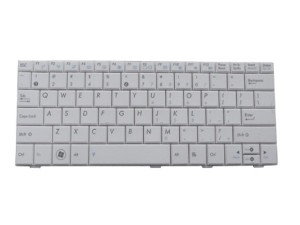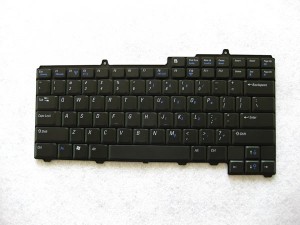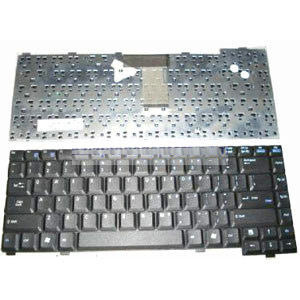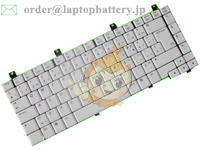It’s never too late to learn to touch type, and Keyboard Pro offers an affordable and professional online course that makes it easier than ever

How quick is your typing? Some people hunt and peck with two fingers, others get up a fair speed with several active fingers, but still with eyes downcast to the keyboard.
Touch typing, once the preserve of stenographers and trained secretaries, is a skill to enable fast and accurate typing, and a skill that’s now more useful than ever in our PC-centric lives. But looking around the typical modern office, few people, it seems, have this oh-so practical ability at their, ah, fingertips…
Touch typing is about more than just speed, of course. It gives you the freedom to keep your eyes on the screen without making silly mistakes. There are even security implications; with your eyes spending more time on-screen, you’re more likely to notice out-of-place URLs in online phishing rackets, for instance.
If you’ve ever found yourself composing half an email in capitals because you inadvertently hit the caps lock key, read on.
Type like a pro
Many PC-based typing courses are made for students or children, with an overall style or graphical interface to match. Keyboard Pro from UK-based firm Future Learning Solutions is aimed at professionals who want to acquire the skill in a more suitable, but still accessible, manner.
Keyboard Pro is a cross-platform online service, based on Flash within a web browser, and priced at £34.95 for a single-user license. All the lesssons are hosted online, so you will need internet access whenever you start each lesson.
FLS claims you can learn professional typing skills in only 6 hours, although users may find the course best tackled in small lessons over a week or more rather than one intensive day. Spend one hour per day on Keyboard Pro, and you should complete inside one week.
When it first launched last year, the Keyboard Pro subscription allowed you to access the online course for 28 days – but this has now been usefully extended to 90 days, to accomodate the inevitable interruptions of modern life.
Read Reference & Education reviews at PC Advisor
To get started you simply log onto the Keyboard Pro site, where you start with a video introduction to the course, along with lessons in good posture and relaxation, before starting the training, finger by finger, key by key.
Each lesson is introduced by a pre-recorded but amenable female tutor who appears in a small window below the on-screen virtual keyboard.
As you progrees, she will frequently entreat you to not look down at the keyboard, as well as offer canned soundbites of congratulations at your progress, or encouraging reminders that you’ve almost finished the current lesson.
You can pause or interrupt a lesson at any point, with your latest position logged and ready to return to later.
Eight key stages are unlocked as you pass each level, starting with the first position ‘ASDF’ and ‘JKL;’ characters, all the way up to the number line. Punctuation marks and the most common special characters such as ‘@’, round brackets and the question mark are also covered. The only everyday keys you’ll have to learn yourself are Backspace, Return and Tab.
You must complete each of these eight sub-stages before you can progress to the next. To recap any lesson, you can return to an earlier stage whenever required.

Once you’ve learned the finger positions for unsighted, if slow, touch typing, it’s time to gradually speed up. The second half of the course aims to get you up to 30 accurate words per minute. Expect to get reaquinted with the works of Aesop from this stage!
And after that, it’s a matter of personal practice in normal daily typing, with speeds of 60 words per minute or more possible with familiarity.
Our only speed bump was an issue with subtly varying key layouts on different computer platforms. But this minor trouble of reversed ‘@’ and double-quote symbols is to be resolved in a version 3 update soon, which will ask the student before they start if they’re typing on a Mac or Windows PC. And there’s nothing in the current offering to impede any user once you recognise the variation.
We found the course very well designed and neatly laid out – suitably professional in its presentation in fact for corporate as well as private use. Its pacing was good, since it went at ‘our’ pace, which sometimes entailed a few days absence between classes. And all users who complete the course and a final speed exam are awarded a personalised diploma to print out.
Ultimately it was inspiring enough to teach this student the invaluable skill of touch typing. And hopefully saving us that chore of ever backspacing lines of capitalised text again.



















